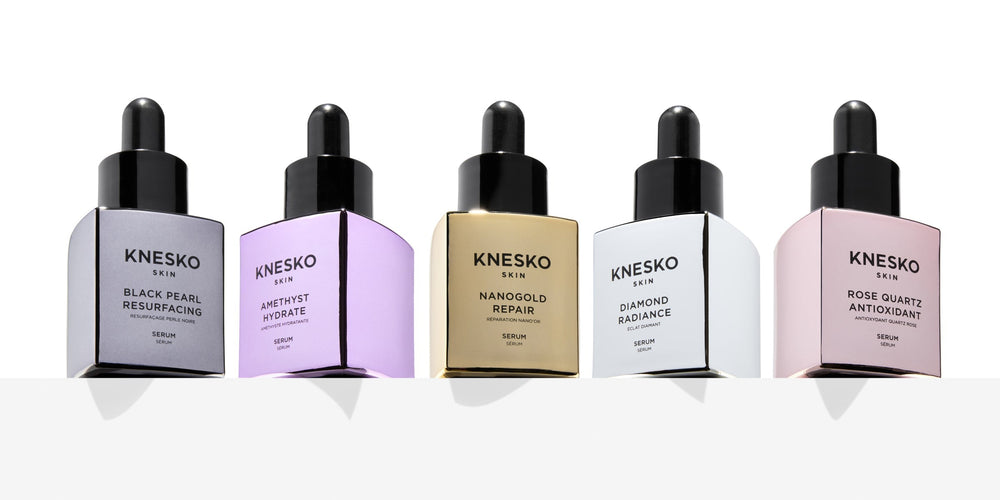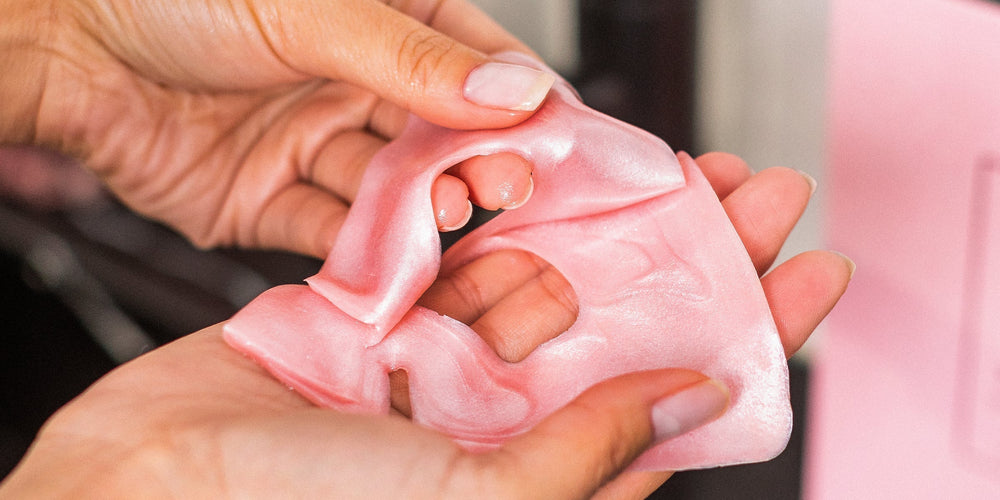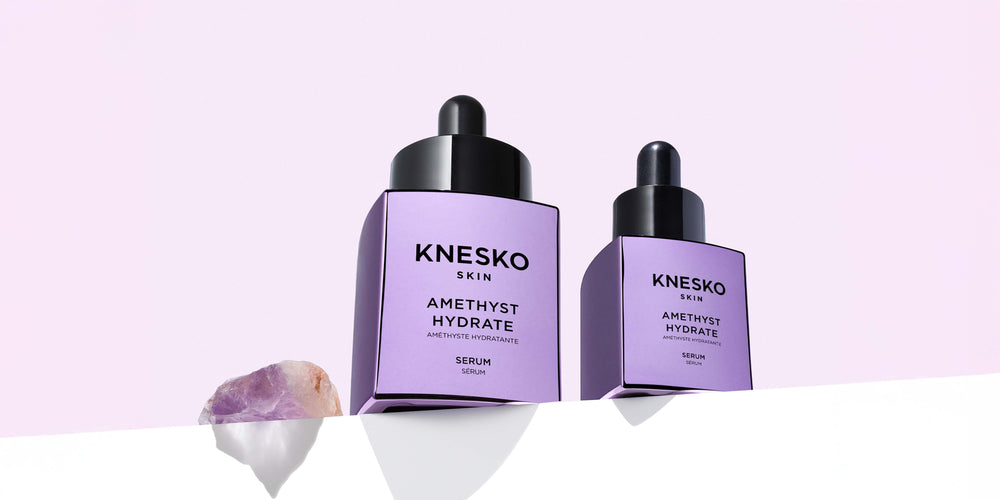A resurfacing serum boosts cell turnover and gently exfoliates away dead skin cells, revealing radiant skin. Whether you’re struggling with dull skin, inflammation, or other skincare concerns, a resurfacing serum can help you achieve beautiful, youthful skin. Here’s how to restore your skin’s natural glow with a resurfacing serum.
How Does Resurfacing Serum Work?
It helps smooth the skin’s texture by minimizing pores, increasing collagen production, and gently exfoliating. Most skin resurfacing serums contain a mix of alpha hydroxy acids (AHAs) and beta hydroxy acids (BHAs) or poly hydroxy acids (PHAs), which are naturally occurring chemical exfoliators.
While these chemical exfoliators help to exfoliate the skin, they do so in different ways. For example, AHAs—such as glycolic acid—stay close to the skin’s surface to exfoliate the top layer of skin cells. On the other hand, BHAs like salicylic acid penetrate more deeply to target underlying issues. Working like BHAs, PHAs can be considered the gentle “cousins” of AHAs. Their large molecular size makes them perfect for sensitive skin.
When used together, AHAs and BHAs/PHAs support brighter skin and boosted collagen production. In addition, while AHAs break down bonds between dead skin cells and sebum, BHAs penetrate pores to extract deeper impurities. As a result, resurfacing serums have wide-ranging skincare benefits for every skin type—from preventing hyperpigmentation to minimizing the appearance of fine lines and wrinkles.
How Often Should You Use Resurfacing Serum?
Like any new addition to your skincare ritual, patience is a virtue. When starting with a resurfacing serum, try applying it a few times weekly so your skin can adjust to the new ingredients. Since there’s a wide variation in formulations for skin resurfacing serums, it’s essential to carefully read the application directions. After a few weeks, you can start using resurfacing serum nightly to revive your complexion, slough away dead skin cells, and promote cell turnover.
How Do You Use Serum Resurfacing?
You should apply resurfacing serum after cleansing and before applying other serums. After washing your face with a cleanser, apply two to three drops of resurfacing serum to dry skin.
If you’re layering with other serums, give your skin a break from other chemical exfoliators, acids, and retinol to avoid irritation—especially if you have sensitive skin. To restore hydration and support dewy skin, try sticking with gentle ingredients (like hyaluronic acid) and hydrating moisturizers.
If you’re using resurfacing serum in the morning, follow up with SPF. Since your skin is more photosensitive after using chemical exfoliants, it’s important to protect your skin and be extra diligent with the sunscreen.
Treat Yourself to Beautiful, Radiant Skin
Give yourself permission to practice self-care with KNESKO’s clean skincare products. Our resurfacing face serum is packed with powerful ingredients to renew, retexturize, and resurface skin at any age. Loaded with eight effective AHAs and two gentle PHAs, this scientifically formulated serum works to rejuvenate dull skin and refresh your complexion. Just a few drops is all it takes to slough away dead skin cells for more luminous skin.









